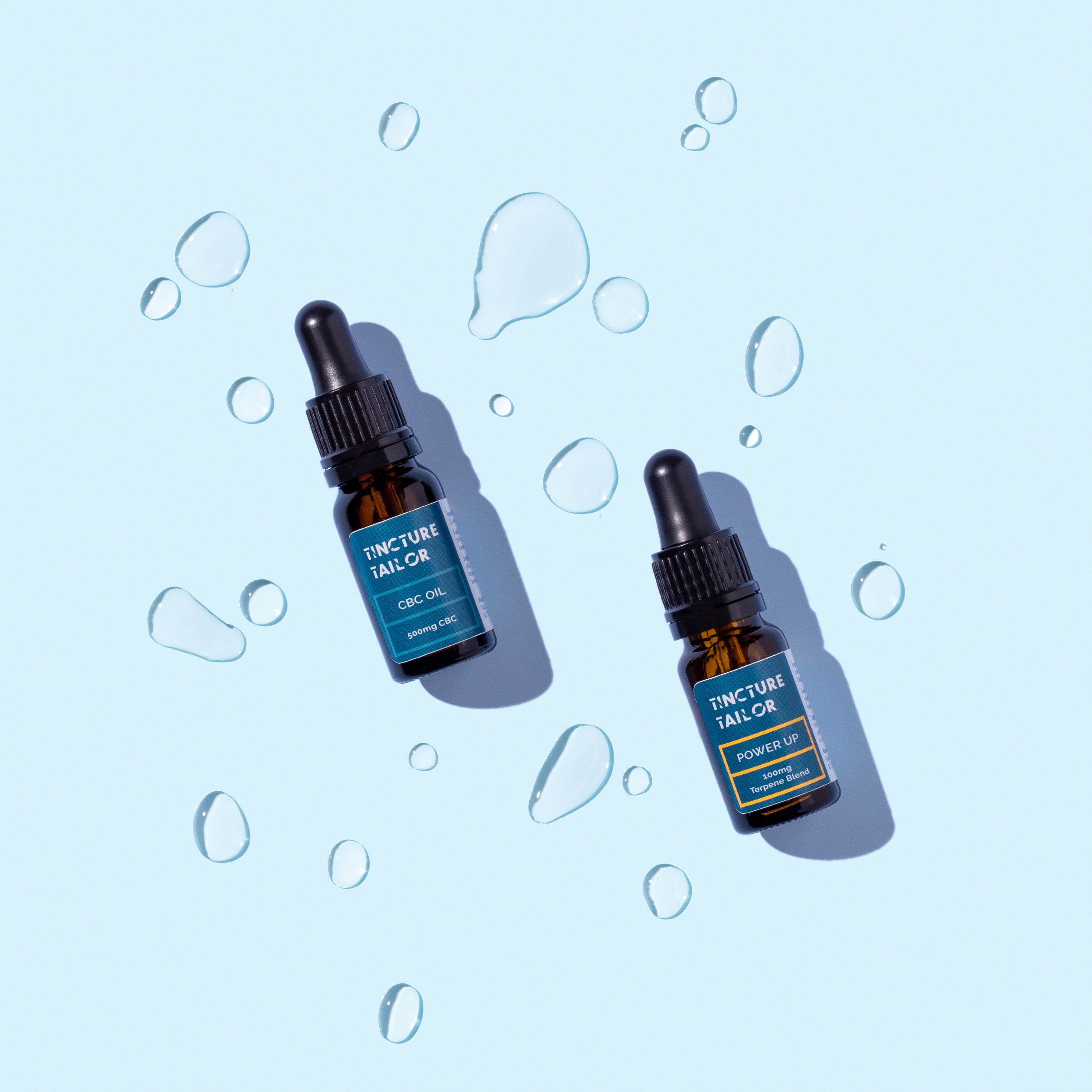How is Hemp Good for the Planet?
When we talk about sustainability and saving the planet, hemp isn’t usually up there in the first things we hear, but maybe it should be?
The world has been enjoying the benefits of hemp for thousands of years and in that time, it has seen a huge range of uses, from textiles and paper to medicine and a food source.
Part of our mission at TT is to expand the conversation around this versatile plant, whether that’s highlighting the nutritional benefits of hemp seeds or flying the flag for the various benefits of compounds such as CBD within the plant.
But what about hemp itself? There are so many different modern uses of hemp that it would be practically impossible to list them all here, but we will have a go…
What Is Hemp Used for in Food?
The first thing you need to know about hemp is that different parts of the plant offer up different uses. When it comes to food, the focus is on the seeds.
Hemp seeds are a delectable snack in their own right, in much the same way as sunflower seeds, but they’re also used as the source material for hemp protein powder – which is great whether you’re bulking or baking – as well as hemp seed oil and dairy-free milk.
No matter which hemp food products you choose, your body is going to thank you for it, as hemp contains the ideal ratio of omega-3 to omega 6 fatty acids. This delicate balance is extremely tricky to strike, but as found in ingredients like hemp, it can help improve your cholesterol and lower your risk of heart disease.
The Environmental Benefits of Hemp
Hemp is basically nature’s purifier. The plant captures carbon dioxide from the atmosphere, quickly cleaning the air we breathe as a result. In fact, for every tonne of hemp produced, 1.63 tonnes of carbon is removed from the air, making hemp a much more effective sequester of carbon dioxide than trees.
The yield of hemp is also incredibly fast, taking just four months to grow. This not only makes it easy for sustainable farmers to add it to their annual rotation, but also helps regenerate the soil, thanks to the nutrients contained within the hemp plant. And not only that, but since hemp roots can grow up to nine feet deep, the soil in which hemp grows will always be strengthened by its presence, even helping to restore damaged soil and grow a wider range of crops as a result!
Medicinal and Cosmetic Uses of Hemp
Hemp isn’t just good for the planet – it’s good for you as well! We’ve already had a brief look at how it’s used as a core cooking ingredient, but you can reap the benefits of hemp just as easily in other ways. This is especially true if you need to recharge, calm down, or are looking for relief from aches and pains.
Of course at TT, we look beyond just CBD oil (which is one of the most versatile products you can get from the hemp plant) and also use the CBG, CBC and terpenes from the plant to bring therapeutic benefits. Yes, there are plenty of ways to take cannabinoids and terpenes orally, which have shown evidence in a range of wellness areas from pain relief, stress relief and sleep assistance.
Uses of Hemp Fibre
Some of the earliest uses of hemp are still in place today and may be more your go to when you hear the word hemp. These are mainly related to hemp’s use in textiles.
Its popularity as a material for making clothing, rope and all things in between stems once again from hemp’s environmental benefits. Since it grows quickly, organically and with a higher yield to boot, it was quickly found to have a multitude of uses since it was first discovered. In fact, you could go as far back as 8000 BC and still find evidence of hemp in action as the main fabric used for the maritime manufacture of rope and sails.
For all of the reasons we’ve outlined above, the hemp plant has found its way into homes across the globe, but in recent years, great minds in the construction industry have begun to take that to heart by literally building homes with hemp! The use of “hempcrete”, a mixture of the core of hemp stalks and limestone for binding, has taken hemp’s sustainability in-house, with homes insulated with hempcrete exponentially emitting less carbon dioxide into the atmosphere than those made from regular concrete.
So in summary, if you are looking for an environmental friendly, versatile option for health, nourishment, or pretty much anything, take a look to see if there is a hemp based option and yourself and the planet will both benefit!






